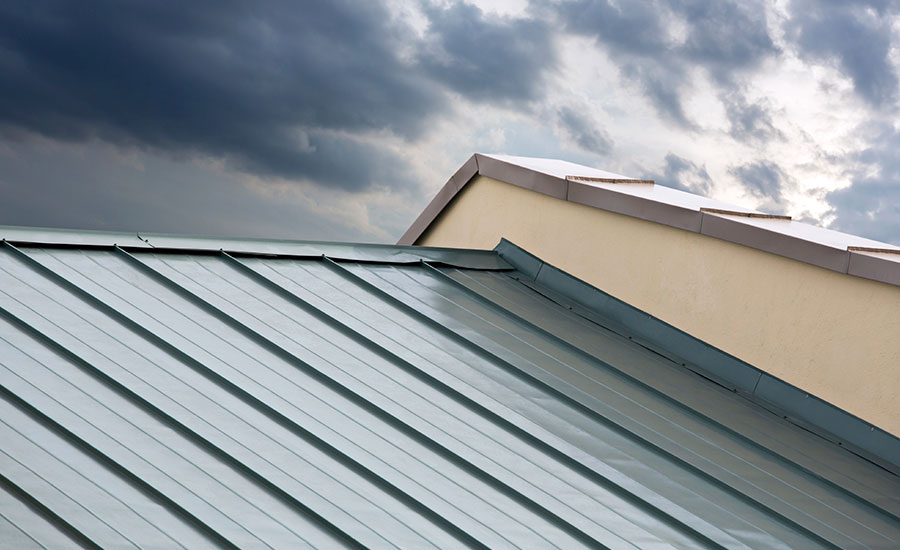Although it’s been around for centuries, metal roofing has become increasingly popular in the last 20 years.
Metal roofs come without the usual mess and cleanup that comes with asphalt-type products. But the nature of metal roofing requires that the job, whether new construction or a re-roofing project, must be well planned from the estimate all the way through the installation for the system to function properly.
The estimator’s product knowledge is the key to a quality installation and your company’s reputation for providing customers with a superior product. An estimator should be well-versed in the manufacturer’s product literature, building codes and the related state or regional certifications. The estimator should be familiar with system limitations, including the fact that not all buildings are good candidates for certain metal roof systems. For instance, one concern in Florida is the proximity of the building to the ocean. Manufacturers often include disclaimers for use of their products within a certain distance of the coast. Another possible problem to look for that might create performance issues is whether the building is located near a corrosive environment. One example of a corrosive environment could be a building that has overhanging trees that could drop leaves and other debris onto the roof, consequently staining the finished surface and possibly causing premature corrosion of the metal or fasteners.
Aesthetics
Once you have determined that the building is a good candidate for a metal roof system, the customer needs to select a profile. The list of metal roofing system profiles include, among others:
- Simulated roof tile
- Low-profile shingle
- Wood-textured shingle
- Standing seam
- 5-V crimp
- R-panel
- Corrugated
Additionally, you should make sure the customer is aware of the difference between exposed and concealed fasteners. Some find a roof with concealed fasteners more attractive.
Training and equipment
Once customers have made their decisions, the success of the metal roof system now falls to the hand of the installers. Not every roofer can install this type of system. Metal is not as forgiving as asphalt, single-ply, liquid-applied, spray-polyurethane foam or roof tile. This is not to diminish the value of these other quality roofing systems, but with metal you can’t just apply a patch when errors are made. Any correction will be visible and stand out as just that: a mistake which will usually be a cause for concern with an inspector for the homeowner. Those contractors who choose to install sheet metal works roofing systems should have their employees educated by the sheet metal products system manufacturers to become technically sound in the product design, limitations and flashings details. Whether for sales information or technical support, most manufacturers are always available to make sure their products are successful and will provide guidance for those who request it.
It is in a sheet metal forming contractor’s best interest to equip installers with quality tools that can endure the day-to-day stress of the jobsite. Stopping production due to bargain-brand hand tool malfunctions wasn’t a good investment. Precision cutting, bending and crimping tools, corded or cordless screw buns and drills, pop rivet guns and caulking guns are a must. Using the proper metal roof installation tools is critical to installers’ ability to produce a clean, quality installation.
More and more customers in Florida are choosing a metal roof system for their home or business. Sheet metal works contractors can share in the profits by:
- Making sure that estimators are well-versed in the various metal roof systems available in your area of service.
- Presenting prospects with various aesthetic choices and value-added options.
- Properly training installers to minimize waste and errors









